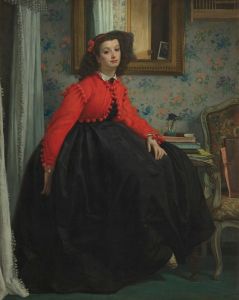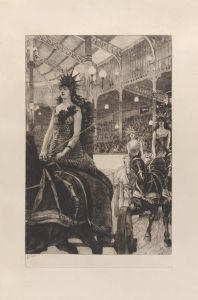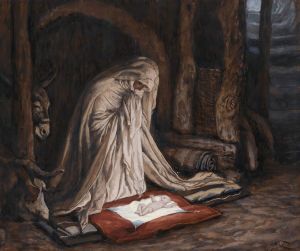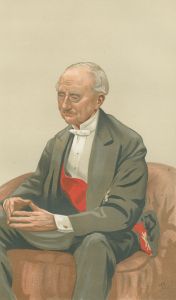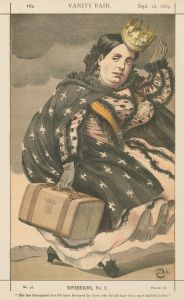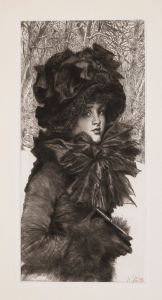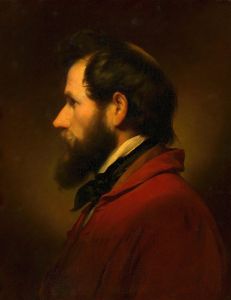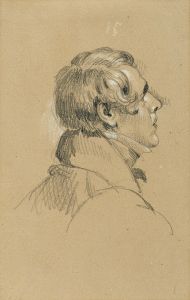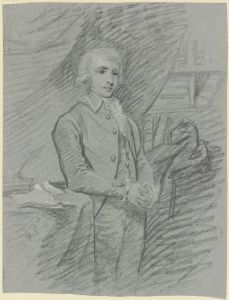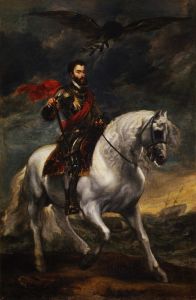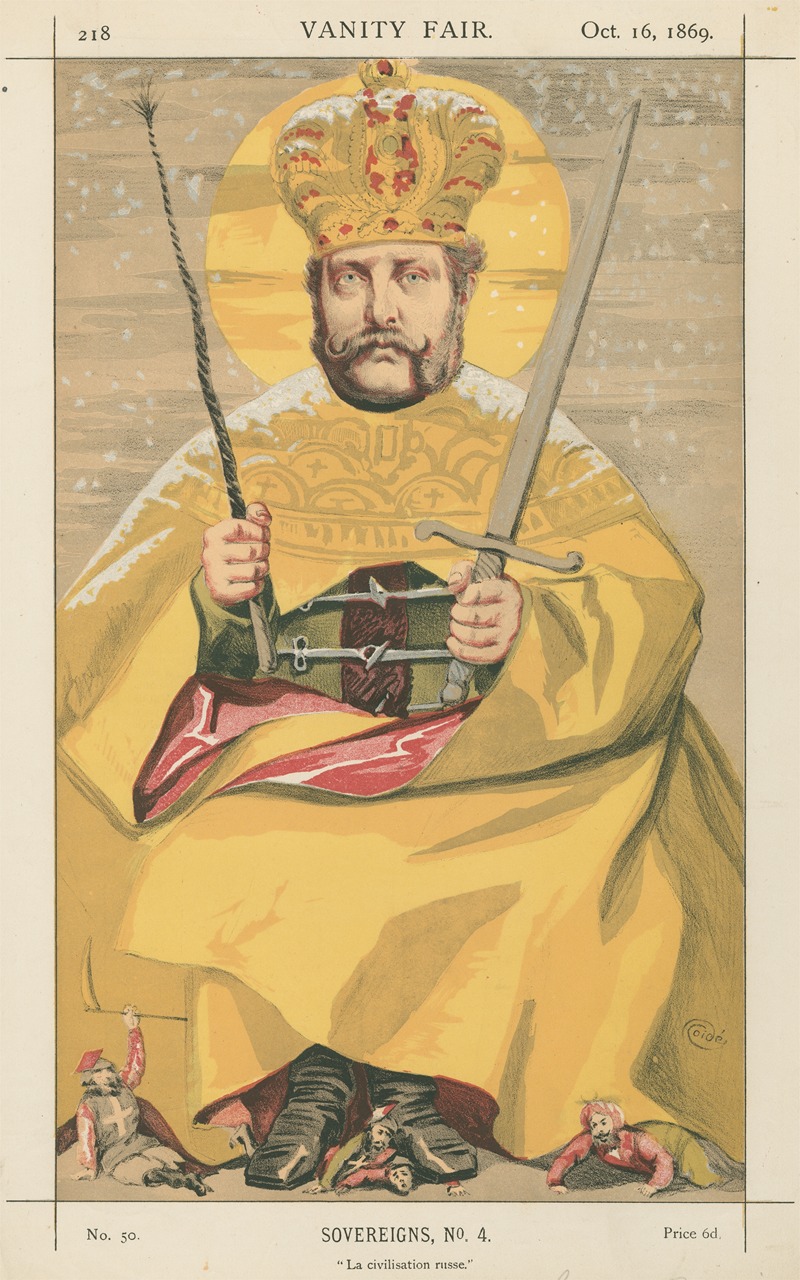
Vanity Fair; Royalty; ‘La Civilisation Russe’, Alexander II, Emperor of Russia, October 16, 1869
A hand-painted replica of James Tissot’s masterpiece Vanity Fair; Royalty; ‘La Civilisation Russe’, Alexander II, Emperor of Russia, October 16, 1869, meticulously crafted by professional artists to capture the true essence of the original. Each piece is created with museum-quality canvas and rare mineral pigments, carefully painted by experienced artists with delicate brushstrokes and rich, layered colors to perfectly recreate the texture of the original artwork. Unlike machine-printed reproductions, this hand-painted version brings the painting to life, infused with the artist’s emotions and skill in every stroke. Whether for personal collection or home decoration, it instantly elevates the artistic atmosphere of any space.
James Tissot's painting "Vanity Fair; Royalty; ‘La Civilisation Russe’, Alexander II, Emperor of Russia, October 16, 1869" is a notable work that captures the likeness of Alexander II, the Emperor of Russia, during a period of significant historical importance. James Tissot, a French painter and illustrator, was renowned for his detailed and often socially insightful portraits and genre scenes. His work during the 19th century often reflected the societal norms and prominent figures of the time.
Alexander II, who reigned as Emperor of Russia from 1855 to 1881, is a historical figure known for implementing significant reforms in Russia, most notably the emancipation of the serfs in 1861. This reform was a monumental shift in Russian society, as it liberated millions of serfs and aimed to modernize the Russian economy and society. Alexander II's reign was marked by efforts to modernize Russia's infrastructure, military, and legal systems, although his reforms were met with varying degrees of resistance and success.
The painting by Tissot, created in 1869, falls within a period when Alexander II was actively pursuing these reforms. Tissot's work is known for its attention to detail and the ability to capture the essence of his subjects, often reflecting their status and personality. In this particular work, Tissot would have aimed to portray the emperor with the dignity and authority befitting his position as a ruler of one of the world's largest empires at the time.
"Vanity Fair" was a British magazine known for its caricatures and portraits of prominent figures, and it is likely that Tissot's painting was part of a series or collection intended to depict royalty and notable personalities of the era. The inclusion of Alexander II in such a collection underscores his significance on the world stage during the 19th century.
Tissot's artistic style is characterized by its precision and the ability to convey the textures and details of clothing and settings, which would have been particularly important in a portrait of an emperor. The painting would have served not only as a representation of Alexander II but also as a reflection of the cultural and political climate of the time.
While specific details about the painting's composition, such as its size, medium, and current location, are not provided, Tissot's works are generally held in high regard and are part of various public and private collections worldwide. His portraits, including those of royalty and other significant figures, continue to be studied for their artistic merit and historical context.
Overall, James Tissot's depiction of Alexander II in "Vanity Fair; Royalty; ‘La Civilisation Russe’" serves as a historical artifact that offers insight into the image and perception of one of Russia's most reformative emperors during a pivotal era in the country's history.






